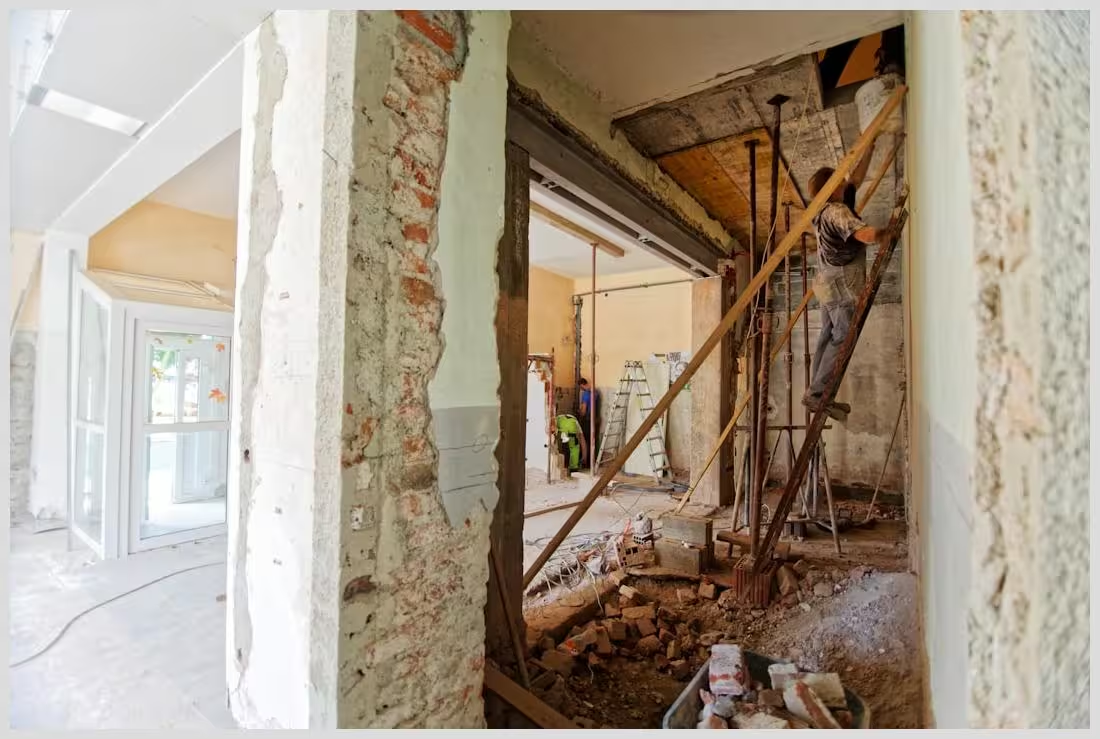In this article:
The Impact of Downtime on Businesses
Downtime can be a nightmare for businesses, especially those that rely heavily on their online presence. When a website goes down, it can lead to lost sales, frustrated customers, and a damaged reputation. Imagine a potential customer trying to access your site, only to be met with an error message. This not only affects immediate sales but can also deter future visits. Therefore, having a reliable and efficient website downtime monitoring system in place is essential to prevent such scenarios.
Why Real-Time Monitoring is Essential
Real-time monitoring allows businesses to detect and respond to issues as they occur. With real-time alerts, you can be notified the moment your site experiences downtime, enabling you to take immediate action. This proactive approach helps in maintaining customer trust and ensuring a seamless user experience. Tools like Modular DS offer real-time website performance tracking, ensuring you’re always ahead of potential issues.
Key Metrics to Track for Optimal Performance
To ensure your website is performing at its best, it’s important to track key metrics such as uptime, response time, and server load. These metrics provide insights into how well your site is handling traffic and whether there are any underlying issues that need attention. By regularly analyzing these metrics, you can make informed decisions to optimize your site’s performance.
- Uptime: The percentage of time your site is operational.
- Response Time: How quickly your site responds to user requests.
- Server Load: The amount of work your server is handling at any given time.
Choosing the Right Website Downtime Monitoring Tools
Features to Look for in Monitoring Solutions
When selecting a website downtime monitoring tool, it’s important to consider features such as automated alerts, comprehensive reporting, and user-friendly interfaces. Look for tools that offer real-time updates and can be customized to meet your specific needs. Additionally, consider whether the tool provides website health monitoring and web application monitoring capabilities.
Comparing Popular Monitoring Services
There are several monitoring solutions available, each with its own set of features. For instance, Pingdom offers real-time alerts and website performance monitoring from multiple global locations. Uptimia provides an all-in-one solution with a focus on website uptime monitoring and incident management reports. Meanwhile, Modular DS stands out with its ability to centralize and automate the management of WordPress sites, making it a cost-effective choice for agencies and professionals.
| Service | Features | Pros | Cons |
|---|---|---|---|
| Pingdom | Real-time alerts, global monitoring | Comprehensive, reliable | Can be pricey |
| Uptimia | All-in-one monitoring, incident reports | User-friendly, efficient | Limited customization |
| Modular DS | Centralized management, automation | Cost-effective, comprehensive | Primarily for WordPress |
Modular DS: A Comprehensive Solution for Website Management
Modular DS is a powerful tool designed to streamline the management of WordPress sites. With features like automated updates, performance optimization tools, and web traffic monitoring, it offers a comprehensive solution for businesses looking to enhance their online presence. By using Modular DS, you can ensure your site is always up-to-date and performing at its best. Check out their website for more information.
For businesses managing multiple WordPress sites, Modular DS provides a centralized platform that simplifies updates and monitoring, saving time and resources.
Setting Up Your Website Downtime Monitoring System
Step-by-Step Guide to Implementation
Implementing a website downtime monitoring system doesn’t have to be complicated. Start by selecting a monitoring tool that fits your needs. Once chosen, follow these steps:
1. Sign up for an account with your chosen service.
2. Add your website’s URL to the monitoring dashboard.
3. Configure the settings to match your desired alert frequency and channels.
4. Test the system to ensure alerts are being received.
5. Regularly review and update your settings as needed.
Configuring Alerts for Immediate Notifications
Alerts are a crucial component of any monitoring system. Configure your alerts to be sent via multiple channels, such as email, SMS, or Slack, to ensure you never miss a notification. Set thresholds for different metrics, so you’re only alerted when necessary. This helps prevent alert fatigue and ensures you’re only notified of critical issues.
Customizing Your Monitoring Dashboard for Efficiency
A well-organized dashboard can make all the difference in monitoring your website’s performance. Customize your dashboard to display the most important metrics at a glance. Use widgets and graphs to visualize data, making it easier to spot trends and anomalies. This setup allows for quick decision-making and efficient website performance monitoring.
Analyzing Downtime Reports and Performance Metrics
Uptime vs. Downtime
Uptime refers to the amount of time your website is operational, while downtime is when it’s not. A high uptime percentage is crucial for maintaining a positive user experience and ensuring business continuity. By analyzing these metrics, you can identify patterns and potential issues that may affect your site’s performance.
How to Interpret Monitoring Reports
Monitoring reports provide valuable insights into your website’s performance. Look for trends in response times, server load, and uptime percentages. Use this data to identify areas for improvement and make informed decisions about your site’s infrastructure. Regularly reviewing these reports helps in maintaining a reliable and responsive website.
Using Data to Improve Website Performance
Data from monitoring reports can be used to optimize your website’s performance. For example, if you notice slow response times, consider implementing a content delivery network (CDN) or optimizing your site’s code. By making data-driven decisions, you can enhance your site’s speed and reliability, ultimately improving the user experience.
Proactive Strategies for Minimizing Downtime
Regular Maintenance and Updates
Regular maintenance is key to preventing downtime. Schedule routine updates for your website’s software, plugins, and server. This ensures that your site is running on the latest versions, reducing the risk of vulnerabilities and performance issues. By staying proactive, you can minimize the chances of unexpected downtime.
Implementing a Robust Backup System
A robust backup system is essential for recovering from downtime incidents. Regularly back up your website’s data and files to an external location. This ensures that you can quickly restore your site in the event of a failure. Consider using automated backup solutions to streamline the process and ensure consistency.
Utilizing CDN and Load Balancing for Reliability
Content delivery networks (CDNs) and load balancing can significantly enhance your site’s reliability. CDNs distribute your site’s content across multiple servers, reducing load times and improving performance. Load balancing ensures that traffic is evenly distributed across servers, preventing overloads and maintaining uptime.
Frequently Asked Questions About Website Downtime Monitoring
What is the Best Frequency for Monitoring?
The ideal frequency for monitoring depends on your website’s traffic and importance. For high-traffic sites, consider real-time monitoring every minute. For smaller sites, every 5-10 minutes may suffice.
How Can I Ensure Alerts Are Received Promptly?
To ensure alerts are received promptly, configure multiple notification channels such as email, SMS, and Slack. Test your alert system regularly to verify that notifications are being delivered as expected.
 Mastering Website Uptime Monitoring: Essential Tips for Success
Mastering Website Uptime Monitoring: Essential Tips for SuccessWhat Should I Do When I Receive a Downtime Alert?
When you receive a downtime alert, act quickly to identify and resolve the issue. Check your server status, review recent changes, and consult your monitoring reports for insights. If necessary, contact your hosting provider for assistance.
Elevate Your Website’s Reliability with Effective Monitoring
Recap of Key Takeaways: Effective website downtime monitoring is essential for maintaining a reliable online presence. By choosing the right tools, setting up a comprehensive monitoring system, and analyzing performance data, businesses can minimize downtime and enhance their website’s performance.
Encouragement to Implement Monitoring Solutions: Don’t wait for downtime to impact your business. Implement a proactive monitoring solution today to ensure your site is always up and running.
Final Thoughts on Maintaining a Healthy Website: Regular maintenance, real-time monitoring, and data-driven decisions are key to maintaining a healthy website. By staying ahead of potential issues, you can provide a seamless experience for your users and protect your business’s reputation.
What do you think about website downtime monitoring? Do you have any experiences or tips to share? How would you like to see your website’s performance improve? Let us know in the comments below!


















